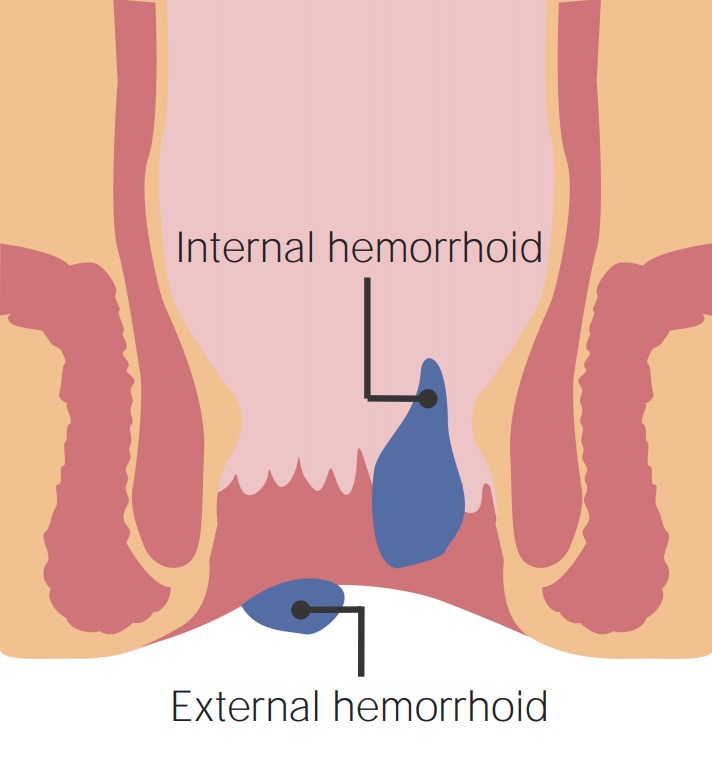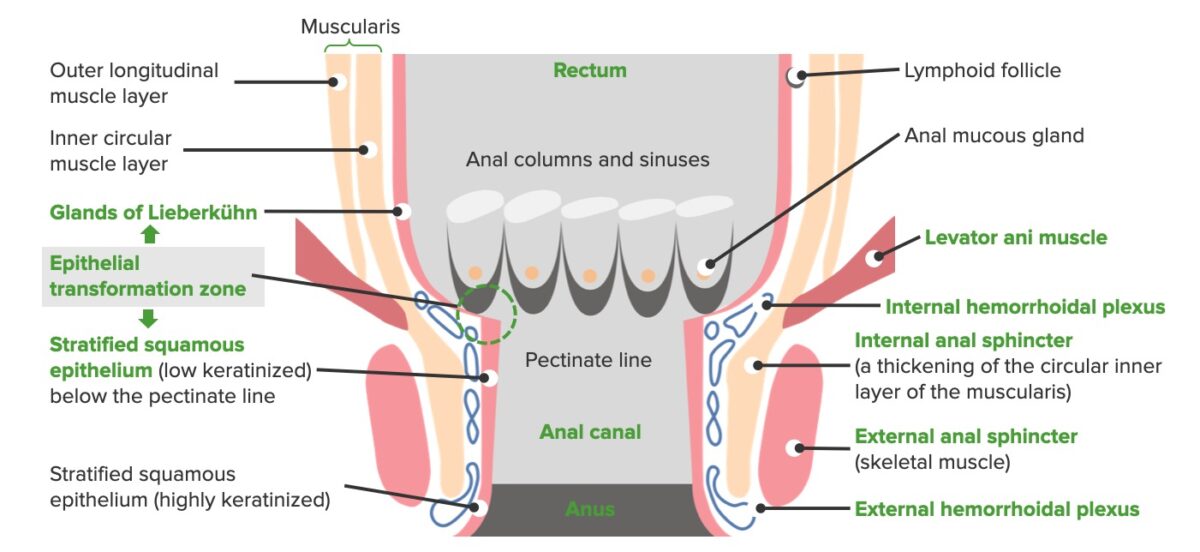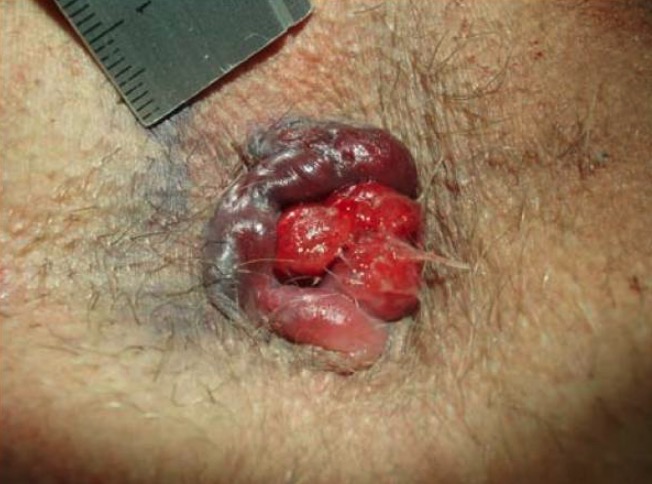Hemorrhoids are normal vascular cushions in the anal canal composed of dilated vascular tissue, smooth muscle, and connective tissue. They do not cause issues unless they are enlarged, inflamed, thrombosed, or prolapsed. Patients often present with rectal bleeding of bright red blood, or they may have pain, perianal pruritus, or a palpable mass. Risk factors include family history, low-fiber diet, and constipation. The two main types of hemorrhoids are external, usually with perianal pain, and internal, which are usually painless. The main diagnostic tools are history, physical exam, and endoscopic procedures if indicated for further investigation. If symptoms are acute, excision can be performed for external hemorrhoids. Otherwise, conservative management is recommended. Surgical methods are reserved for more severe hemorrhoids or those unresponsive to primary treatment.
Last updated: May 2, 2025
Hemorrhoids Hemorrhoids Hemorrhoids are normal vascular cushions in the anal canal composed of dilated vascular tissue, smooth muscle, and connective tissue. They do not cause issues unless they are enlarged, inflamed, thrombosed, or prolapsed. Patients often present with rectal bleeding of bright red blood, or they may have pain, perianal pruritus, or a palpable mass. Hemorrhoids are normal swollen vascular structures in the anorectal canal.

Depiction of internal hemorrhoids above the dentate line and external hemorrhoid, likely causing pain, below the dentate line
Image: “Anus with hemorrhoids” by Bruce Blaus. License: CC BY 3.0
Anatomy of the anal canal:
The image shows the pectinate (dentate) line, which marks the area separating the origination of external (below the dentate line) and internal (above the dentate line) hemorrhoids.

Thrombosed external hemorrhoid with skin tag
Image: “Thrombosed external haemorrhoid” by Rohde et al. License: CC BY 2.0
Thrombosed external hemorrhoid with prolapsing internal hemorrhoid
Image: “Circular perianal thrombosis” by Rohde et al. License: CC BY 2.0Management may vary based on location. The following recommendations are based on US and international guidelines.
| Treatment | Hemorrhoids Hemorrhoids Hemorrhoids are normal vascular cushions in the anal canal composed of dilated vascular tissue, smooth muscle, and connective tissue. They do not cause issues unless they are enlarged, inflamed, thrombosed, or prolapsed. Patients often present with rectal bleeding of bright red blood, or they may have pain, perianal pruritus, or a palpable mass. Hemorrhoids (grade) |
|---|---|
| Conservative management | All hemorrhoids Hemorrhoids Hemorrhoids are normal vascular cushions in the anal canal composed of dilated vascular tissue, smooth muscle, and connective tissue. They do not cause issues unless they are enlarged, inflamed, thrombosed, or prolapsed. Patients often present with rectal bleeding of bright red blood, or they may have pain, perianal pruritus, or a palpable mass. Hemorrhoids |
| Medications (topical or systemic) | Grades I and II |
| Office-based procedures | Grades I–III |
| Nonexcisional operation (DGHAL, SH) | Grade II–IV |
| Hemorrhoidectomy Hemorrhoidectomy The surgical removal of hemorrhoids. Hemorrhoids |
Lifestyle modifications:
Medications (almost all the following are over-the-counter preparations):[4,6,7,9,10]
The following procedures are for grades I, II, and select grade III internal hemorrhoids Hemorrhoids Hemorrhoids are normal vascular cushions in the anal canal composed of dilated vascular tissue, smooth muscle, and connective tissue. They do not cause issues unless they are enlarged, inflamed, thrombosed, or prolapsed. Patients often present with rectal bleeding of bright red blood, or they may have pain, perianal pruritus, or a palpable mass. Hemorrhoids that do not respond to conservative management.
Invasive procedures should be offered after the following are assessed:
Procedures: